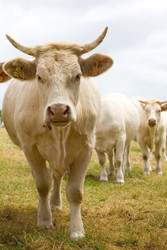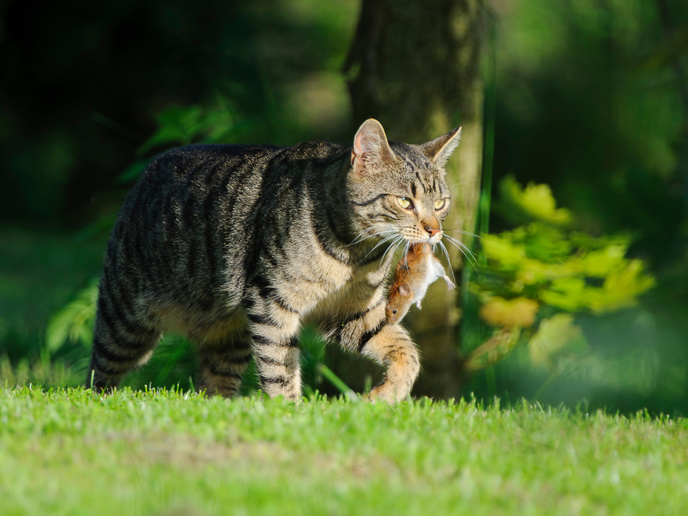Advancing ruminant genetics
Animal health and sustainability are vital for the long-term competitiveness of small ruminant production in the EU. Discovering the genetics behind traits critical to sustainable farming, particularly in marginal areas, will be beneficial for animal welfare and the ruminant industry. The three-year EU-funded collaborative research project 3SR(opens in new window) (Sustainable solutions for small ruminants) focussed on marker and mutation identification for three traits - mastitis susceptibility, resistance to nematodes and ovulation rate. Project partners worked in close cooperation with the International Sheep Genomics Consortium (ISGC) and the International Goat Genome Consortium (IGGC) and collated a well-annotated sheep reference genome sequence (OARv3.1) a valuable genomic tool for underpinning further research. They also developed a 50K single nucleotide polymorphism (SNP) chip to detect quantitative trait loci for nematode resistance in goats for incorporation in novel breeding strategies. State of the art genomic techniques including an open access genome browser helped produced genome-related data from around 7 500 animals, whole genome sequences for 50 sheep and over a terabyte of RNA sequence data. The data has identified causative mutations, candidate genes, SNPs and genetic markers for regions that affect the traits under investigation. Output includes levels of somatic cell count (an indicator for mastitis susceptibility), nematode resistance and ovulation rate. These important genomic regions will be mined with the aid of a bioinformatics pipeline, and the use of high-resolution comparative maps for both sheep and goats. Dissemination included the project website(opens in new window), 12 articles in peer-reviewed journals, 66 presentations at 33 national and international conferences and four press articles. To increase awareness of the research and facilitate its uptake and application across the ruminants industry, 3SR published a technical bulletin. Seventeen meetings in seven countries took place where project partners discussed the implications of 3SR results and achievements with farmers, advisors, breed associations, breeding companies and industry representatives. Partners are optimistic that identified genetic markers could help deliver improved resistance to mastitis and nematode infections, a major cost saving for the EU sheep industry. Improved knowledge of ovulation rate is also expected to provide significant benefits in terms of improved productivity.







